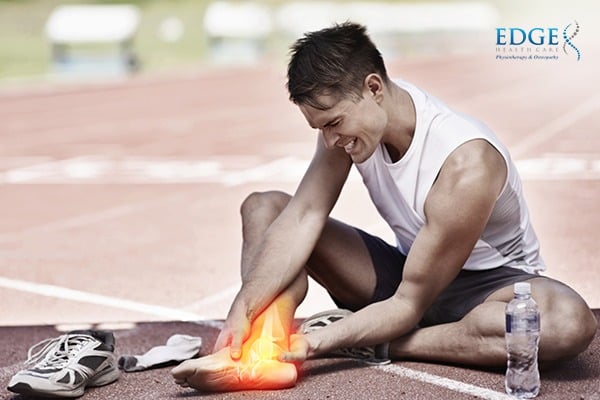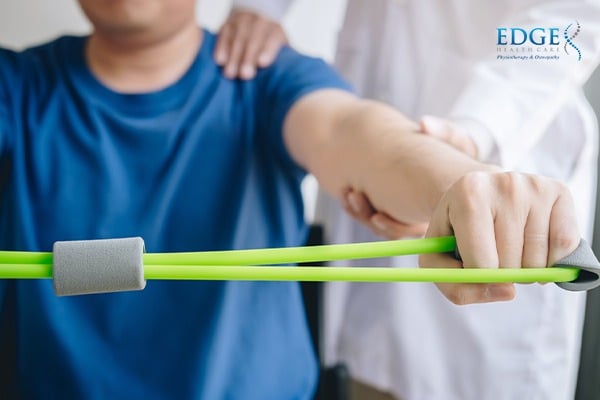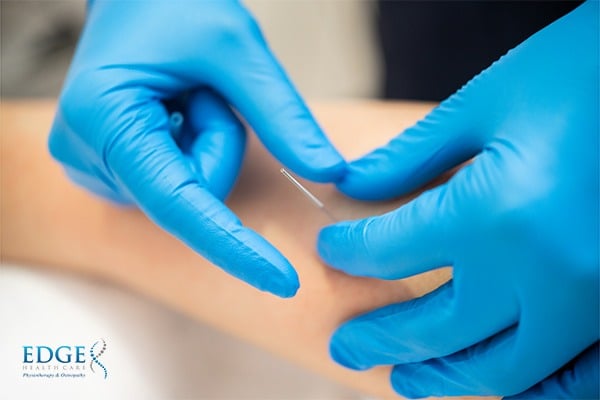
With their thrill and excitement, sports often come hand in hand with the risk of injuries. Whether you are an athlete or a sports enthusiast, you are likely no stranger to the pain and discomfort associated with a sports injury. However, the silver lining is that modern medicine offers an array of non-invasive treatment options to aid in your recovery process. As a result, you do not have to worry about being sidelined for weeks, if not months, after surgery.
Common sport injuries
Generally, a sports injury encompasses the musculoskeletal system, including bones, muscles, joints, tendons, and soft tissues. Depending on the type of injury, you may require immediate attention from a healthcare professional.
1. Sprains and strains
Sprains and strains are the most common sports injuries. Yet they tend to occur when you least expect them. A sprain affects your ligaments, which connect bone to bone. Meanwhile, a strain targets the muscles or tendons. These injuries can sometimes heal and be treated through rest, ice, compression, and elevation (RICE). More severe cases may require physical therapy or Osteopathy for you to regain your balance, strength, and flexibility.
2. Dislocations
A dislocation happens when your bone is forcibly pushed out of its joint, causing severe pain and immobility. Even after the dislocated bone is gently put back into place, your doctor may recommend undergoing rehabilitation exercises to restore normal joint function.
3. Tendonitis
Tendonitis, characterised by inflamed tendons, is a common sports injury for athletes engaged in repetitive motions. Examples include tennis elbow and golfer’s elbow. Similar to sprains and strains, adequate rest is essential to alleviate pain. Sports therapy is also be recommended to promote optimal healing.
4. Concussions
Concussions are a type of traumatic brain injury that occurs when the brain is shaken inside the skull. This sports injury requires immediate attention and evaluation, as you may experience headache, dizziness, confusion, and sensitivity to light or noise. Your doctor will usually recommend an appropriate period of rest and monitoring before a gradual return to physical activity.
5. Muscle cramps
Muscle cramps can happen suddenly, usually during or immediately after muscular exercise. These involuntary muscle contractions can be agonising and often stem from dehydration or electrolyte imbalances. Proper hydration and regular stretching of your muscles can help reduce your chances of cramps.
6. Overuse injuries
Repetitive usage or overtraining of the same body parts can cause sports-related microtrauma, also known as an overuse injury. Examples include stress fractures and tendinopathies. Your doctor may recommend wearing orthotics or braces, lifestyle modifications, and embarking on a structured sports therapy programme to rebuild your strength and prevent recurrence.
Non-invasive treatment options available
Fortunately, surgery is not your only option after suffering a sports-related injury. Let us share the broad range of non-invasive treatments available to you that effectively treat muscle pain, joint pain, and lack of mobility.
1. Physical therapy

Physical therapy stands as a cornerstone in the rehabilitation of sports injuries. By attending sports physiotherapy, you can receive personalised exercise regimens to stimulate healing and restore strength and range of motion to the affected muscles, soft tissues, or joints. Through the use of specific and targeted exercises, you can also reduce your risk of reinjury in the future.
2. Osteopathy

Osteopathy emphasises physical manipulation of the body’s muscle tissue and bones to confer numerous health benefits to the patient. If necessary, an osteopath may employ deep-tissue massage to target your muscle soreness and tension, enhancing blood circulation and reducing inflammation to speed up the healing process. These massages can also prevent further injuries, increase mobility, and improve sporting and exercise performance.
Learn More: What Are The Benefits Of Sports Massage Therapy
3. Dry needling

Depending on the assessment of your condition, your therapist may recommend dry needling to treat your injury. This procedure involves inserting thin filament needles into your body at specific trigger points to stimulate the body’s natural healing response, release tension, and promote muscle relaxation. After treatment, you may experience pain relief, increased range of motion, and improved flexibility.
In the world of sports, injuries are an unfortunate but often inevitable part of the journey. The good news is that there are plenty of non-invasive treatment options available, empowering you to recover faster and more effectively and bounce back stronger than ever to continue pursuing your passions on the field or court.
Remember, injuries may be a setback, but they need not be the end of your sporting journey. With sports therapy, recovery and triumph await! Consult our healthcare professionals at Edge Healthcare for an accurate diagnosis and a suitable treatment plan to manage your condition. Contact our clinic to schedule an appointment with our sports physiotherapists today.

